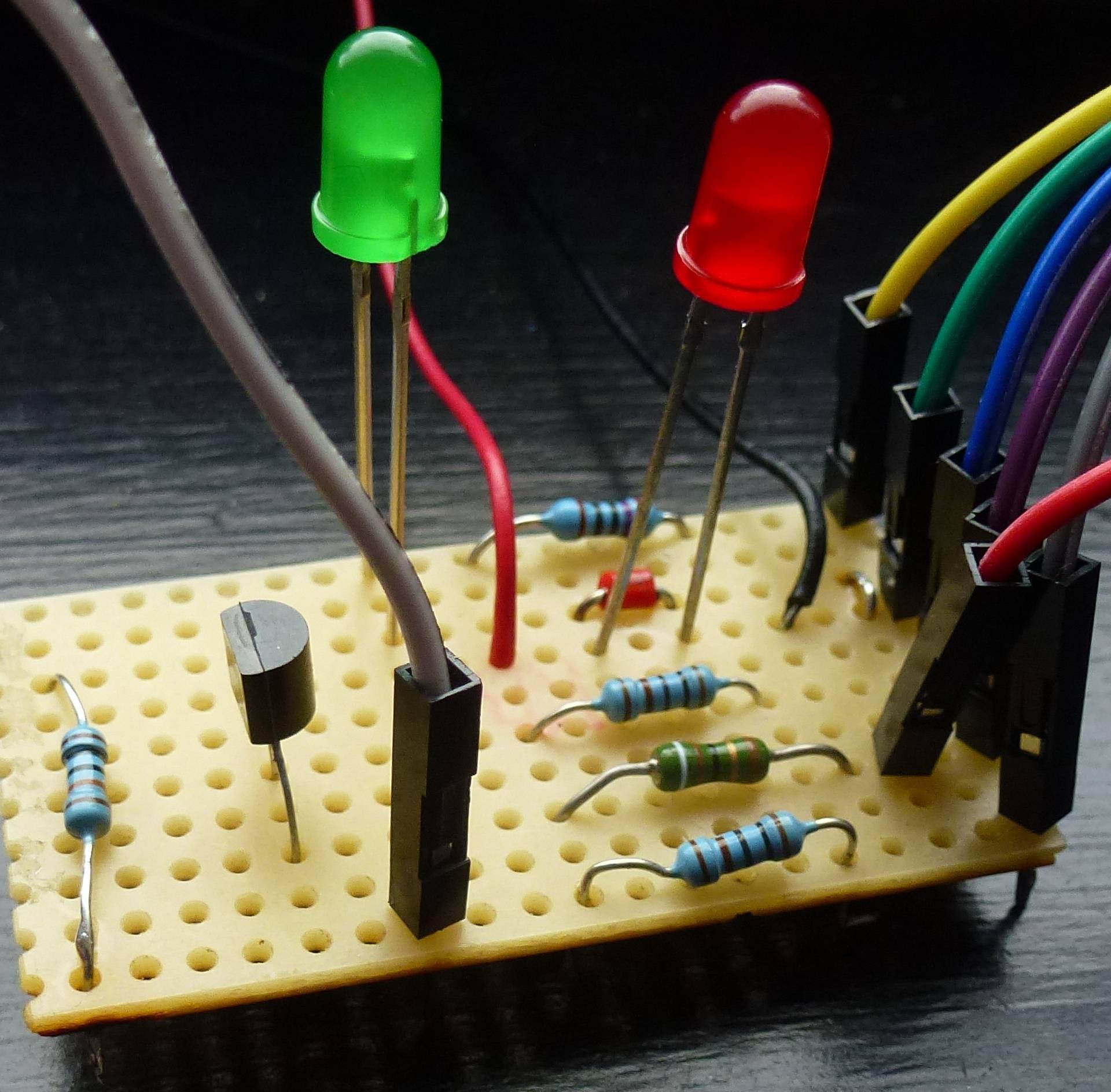Table Of Content

If your shower is hot enough, this steam will likely seep into the adjacent rooms, giving them a boost of humidity. If you have an old school (nonelectric) radiator with a flat surface, you can also place a small bowl of water on top of the radiator unit. Just be mindful and use heat-safe bowls to avoid melted plastic, breaking glass, or spills. When water reaches its boiling point, it begins to release steam and evaporate back into the atmosphere. Central heating blows hot air into your rooms, increasing evaporation and drying the air out quickly. The simplest way of introducing water to a room is to leave out buckets or other containers that are filled with water.
Getting a huge humidifier
When your throat becomes dry, you will often cough, which can also be another annoying symptom of dry air. If you want to obtain a “magic” cure, simply increase the moisture in your dwelling. Dry air leads to congestion of the sinuses if the air lacks moisture. Any irritation along these lines needs to be addressed promptly. By adding a humidifier to your living space, your sinus condition can disappear almost overnight. If you do not want your current allergy symptoms to worsen, you need to get rid of the dry air in your home.
Let Your Bath Water Sit For A While
Should You Use a Humidifier to Hydrate Dry Skin? - Real Simple
Should You Use a Humidifier to Hydrate Dry Skin?.
Posted: Tue, 16 Jan 2024 08:00:00 GMT [source]
She added that the bounce house, which is owned by the family, flew backward in the incident. Note that you will only be able to use this technique if you don’t use a shared bathroom. Your best choice to make any mini-split, window, or portable AC smart. Sealing and insulating your home is a great first step to counter low humidity issues in your home.
How Dry Winter Air Can Cause Respiratory Problems— From Bronchitis to Nosebleeds
This type of heat is less drying than the hot air that blows from your central heating system. To keep usage costs down, use the device in the room you’re in with the door closed to hold in the heat. Cold air sucks out skin's moisture, which is why even young, smooth hands can look cracked in the winter months. Taking hot showers can worsen dry, itchy skin by removing the natural layer of oil that preserves and protects the skin's moisture. In the winter, the cold air that seeps into your home from outside has a lower humidity, meaning it carries very little moisture. You crank up the heat inside your house, which adds warmth but doesn't increase the amount of moisture in the air.
The IKEA Find That's Perfect For Air Drying Laundry In A Small Space
But humidified air can help keep your skin feeling great throughout even the most miserable winter. The upper part of your respiratory system, including your throat and nose, is lined with moist membranes. These membranes serve to capture dirt, dust, viruses and bacteria before they reach your lungs.
Invest In A Smart Thermostat To Help Control Humidity
Dry air can also cause damage to wooden furniture, musical instruments, books and art. Another downside to dry air in the home is the buildup of static electricity. It may not cause lasting damage, but it can definitely be annoying and even painful. While many of us are familiar with the concept of a dehumidifier, a humidifier does the opposite. It can be placed discreetly in a room and left running to provide a fairly constant flow of damp air.
Incorporate More Plants Into Your Home
Consider changing your dishwasher mode to allow the dishes to dry naturally. Once they are clean, open the dishwasher and let nature do the rest. If you have been thinking about boiling some vegetables or pasta, now is the time.
Can Dry Indoor Air Make You Sick?
Look for products that contain ingredients such as ceramides, hyaluronic acids, and glycerin, which attract moisture and replenish your skin's lipid levels. Make sure to apply moisturizing sunscreen with SPF 30 to exposed skin before going outside. Also, apply a lip balm or petroleum jelly to protect against chapped lips.
While you want to add water to the air, too much of a good thing is not good either. You want to make sure that the humidity level hovers around 40%. Use a hygrometer that you can buy at a hardware store to measure the moisture level in your home.

The allergens and dust particles build up in your home due to low moisture content. To tackle this, make dusting a regular part of your cleaning routine. Use a microfiber cloth and use it in areas where dust usually accumulates. Regular vacuuming and dusting also ensure your HVAC unit doesn’t circulate dirt particles with conditioned air. We recommend taking immediate action by using a humidifier to mitigate the dry air issue.
The water will evaporate causing your home’s rH to increase. Turn a stove burner to low and place a teapot or saucepan or teapot with water on to simmer at a low boil. Make sure to keep an eye on the water level so the pot does not go dry. That those little static ‘shocks’ when you touch something are caused by dry indoor air. You might also want to consider hanging your wet clothes instead of using the dryer.
Another way to fix your home’s dry air problem is to make sure your home is sealed tight, especially in the extra dry months of the year. Take the time to seal up any cracks in the walls, windows or doorways. One way to combat the dryness is to add a humidifier — either for the whole home or within certain rooms. Another effective way to add moisture to the air is to place large bowls of water around the home.
It's worth noting that not every garment can handle heat dryers. For example, elastic bands can easily be ruined in the dryer, melting under the heat. This means you'll have to replace clothing faster than if you were to air dry it.
No comments:
Post a Comment